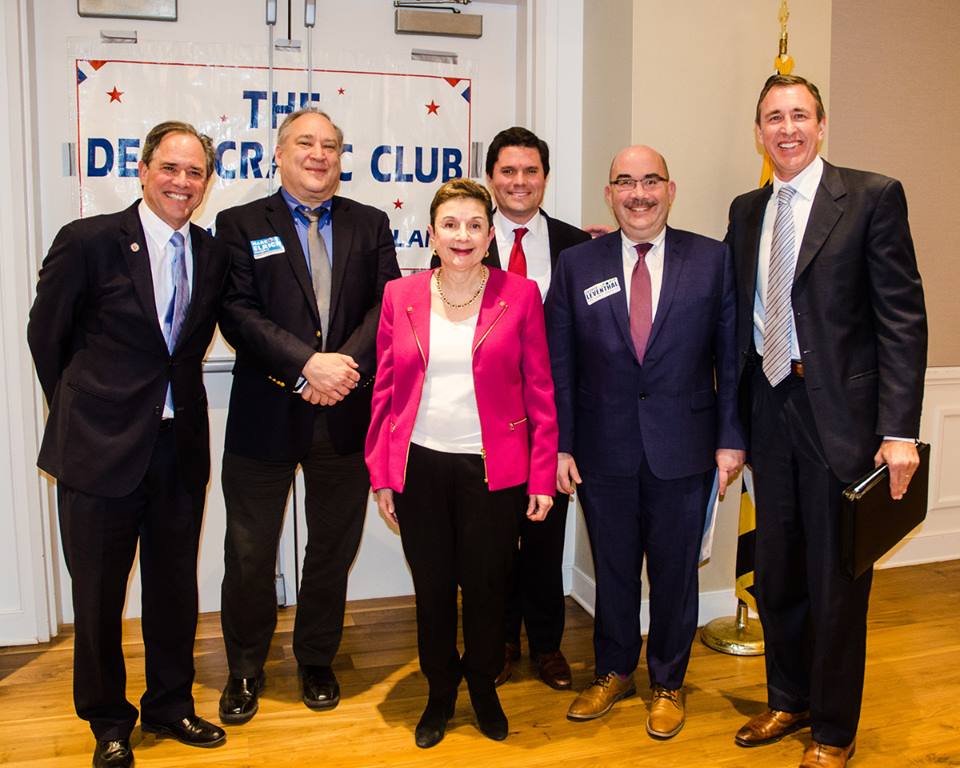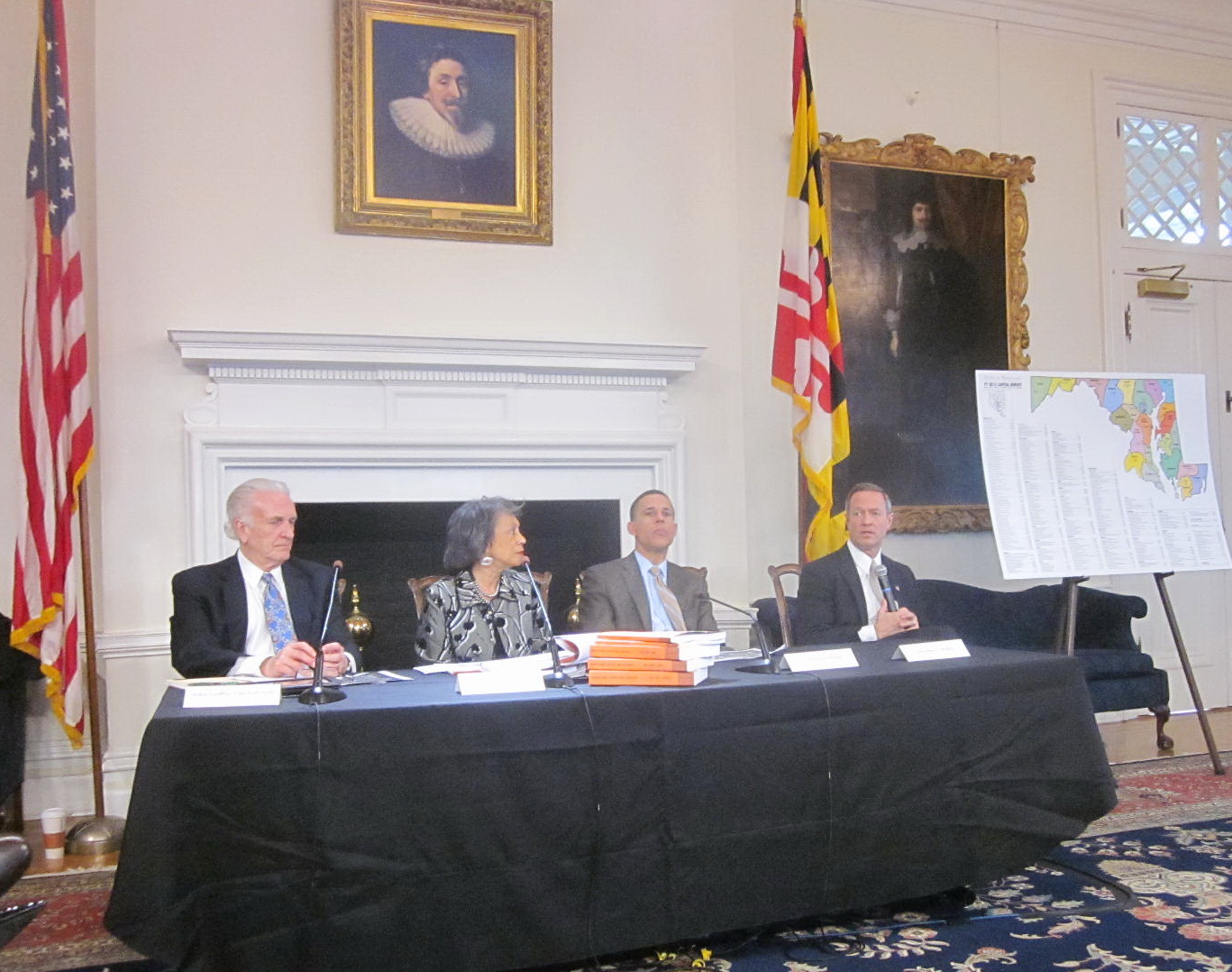This is the first in a series, “Bitter Cold: Climate Change, Public Health and Baltimore,” produced as part of a year-long effort by Capital News Service to examine the effects of climate change on public health in Baltimore. The Capital News Service is a non-profit, student powered news organization operated by the University of Maryland Phillip Merrill College of Journalism.
By Joe Catapano and Abigail Bentz
Capital News Service
Climate change will drive increases in global temperatures and summer heat waves. But that doesn’t mean cold snaps in cities like Baltimore will disappear.
And, perhaps paradoxically, climate change could mean an increase in extremely cold weather in the Northeast during the winter. That’s because of how climate change will affect the polar vortex, a phenomenon that pushes Arctic air into the United States.
“There is this generalized warming of the planet that would decrease extreme winter weather,” said Judah Cohen, the director of seasonal forecasting at Atmospheric and Environmental Research, a Massachusetts-based research company.
“But also, on the other hand, there are more frequent disruptions of the polar vortex which would increase [it], so it’s kind of a tug of war between the two.”
When the temperature in the Inner Harbor fell to 9 degrees on Jan. 31, it marked the third year with a single-digit day in the last six years in the city.
Even as global temperatures have risen over the last century, the number of subfreezing days in Baltimore has stayed relatively constant. But the coldest days — those that dipped below 20 degrees — are occurring at a less frequent rate.
One factor contributing to the continued persistence of cold days: climate change’s effect on the polar vortex. The polar vortex is a mass of air located above the North and South poles that contains trapped cold air. Under normal circumstances, it remains at the top and bottom of the world.
When the stratosphere — the layer of the atmosphere that lies above the one we live in — warms, the polar vortex weakens and can break into multiple sections. This allows the cold air to escape the poles and bring extreme cold temperatures to other parts of the world, such as the continental United States. This happened in January and brought frigid temperatures to the Midwest and, to a lesser extent, the Northeast.
The impact from these disruptions could last from a few days to eight weeks, according to Cohen, a wide range that makes it difficult to predict how long future cold snaps will be.
In Baltimore, there is no indication that extended cold snaps are becoming more common. The occurrence of three-day-long cold snaps during which the temperature fell below freezing on all of those days are just as sporadic as previous years.
Polar vortex disruptions will become more frequent
The most extreme cold snaps — extended periods with temperatures far below normal — in the northeastern United States are the result of polar vortex disruptions, Cohen said. Climate change will make those disruptions more frequent, he said.
This winter saw a variety of weird weather across the U.S. Snowfall hit Maui, Hawaii, at its lowest elevation ever. Meanwhile, Seattle recorded record-breaking cold temperatures and Las Vegas had snowfall for the first time in more than a decade. It’s hard to say whether those events were also driven by climate change or happened at random, Cohen said.
“How do you determine if that’s an indication of a changing climate and not just the weather event?” said Tim Canty, a professor of oceanic and atmospheric science at the University of Maryland. “That’s the trick and that’s a question among climate communities.”
What experts do know is that sporadic extreme winter weather will continue, including in the city of Baltimore. Cold snaps have regularly occurred in the northeastern U.S. over the last 30 years. The pattern is not expected to change, according to Cohen.
Extreme cold weather events have always happened, are still happening and show no signs of completely disappearing, despite a decrease in extremely cold days.
“And the difficulties with this and trying to get people to care about this is … we had this massive cold snap this year,” Canty said. “But what about if next year it’s 70 degrees all winter long and everyone’s happy about that?”







Johnny, you should research other areas to find the scientists I refer to. The IPCC reports are continually criticized by experts.
Is it necessary that one must also believe in Santa Clause and the Tooth Fairy to buy into this one; or is the “global warming causes much colder weather” a stand-alone?
this is an interesting article and does not mention the term “man made.” A huge percentage of legitimate scientists disagrees with “man made.” Having lived in Maryland most of my life, I have noticed that weather types seem to go in 5 year intervals. The constant rain of the last year and a half, however, seems new. although it may have happened over periods before my time. Weather has many causes. All beyond human control. Notice that there are few or no sun sports on the Sun, an indicator of cooling according to scientists.